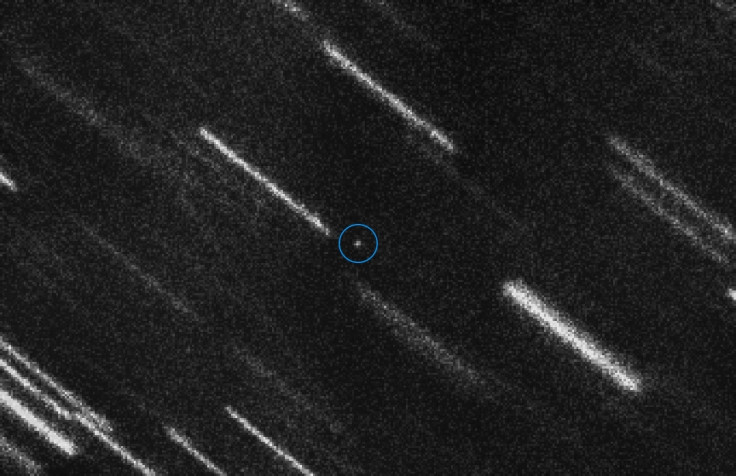Nasa's early warning network for dangerous asteroids passes a live test
The response capability of the network was tested by characterising Asteroid 2012 TC4 as a "potential impactor".

Nasa has successfully tested its International Asteroid Warning Network. Under the exercise, a group of scientists from the space agency led a global team of astronomers from several countries to observe, track, study and communicate information about Asteroid 2012 TC4, which passed by Earth on October 12.
The goal of the exercise was to test the response capability of the network by characterising Asteroid 2012 TC4 as a "potential impactor".
According to a press release from Nasa, Asteroid 2012 TC4 whizzed past Earth at a safe distance of 43,780km last month. It was spotted by European Southern Observatory's (ESO's) Very Large Space Telescope in July and tracked throughout the following months using various ground and space-based telescopes.
The exercise, called the TC4 Observation Campaign, helped scientists study various aspects of asteroid 2012 TC4.
Nasa scientists were able to use their observations to accurately calculate TC4's trajectory and predict its flyby distance on October 12. They also got more insights into the space rock's composition and rotation, which was surprisingly low – once every 12 minutes – and had a tumbling effect.
The study of TC4's orbit and trajectory also helped Nasa rule out the possibility of any future impact.
Davide Farnocchia, who led the orbit determination effort, said, "These observations also help us understand subtle effects such as solar radiation pressure that can gently nudge the orbit of small asteroids."
The TC4's shape and size were determined with Nasa's Goldstone Deep Space Network antenna and the National Radio Astronomy Observatory's 330-foot Green Bank Telescope. The astronomers found the small space object to be elongated – approximately 50ft long and 25ft wide.
Apart from this, Nasa also used the exercise to test its communications networks with not just the observers but also US government agencies and other task forces, since they would be called into action in real impact situations.
"We demonstrated that we could organise a large, worldwide observing campaign on a short timeline, and communicate results efficiently," said Vishnu Reddy of the University of Arizona's Lunar and Planetary Laboratory in Tucson, who led the observation campaign.
Michael Kelley, the TC4 exercise lead at Nasa Headquarters added, "We are much better prepared today to deal with the threat of a potentially hazardous asteroid than we were before the TC4 campaign."





















